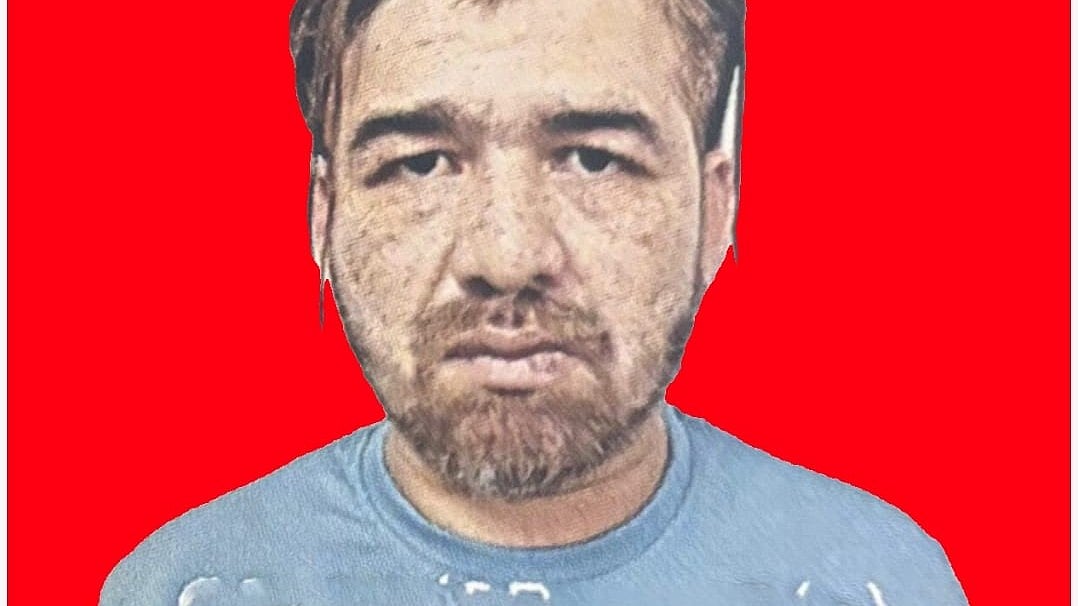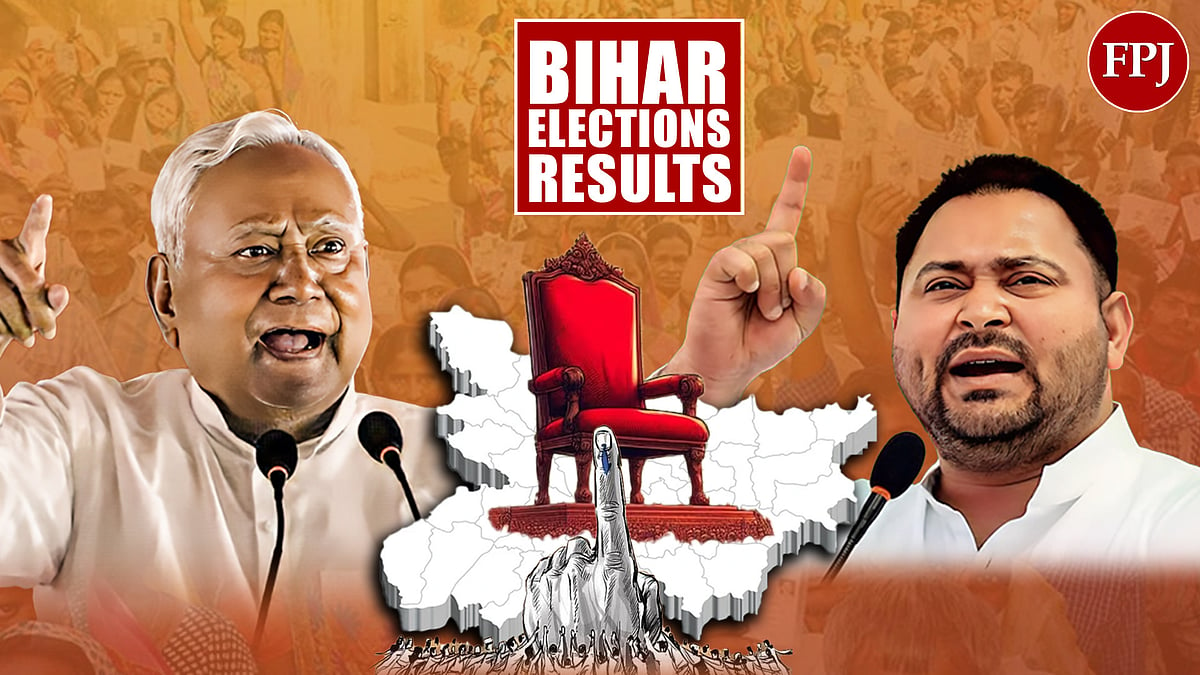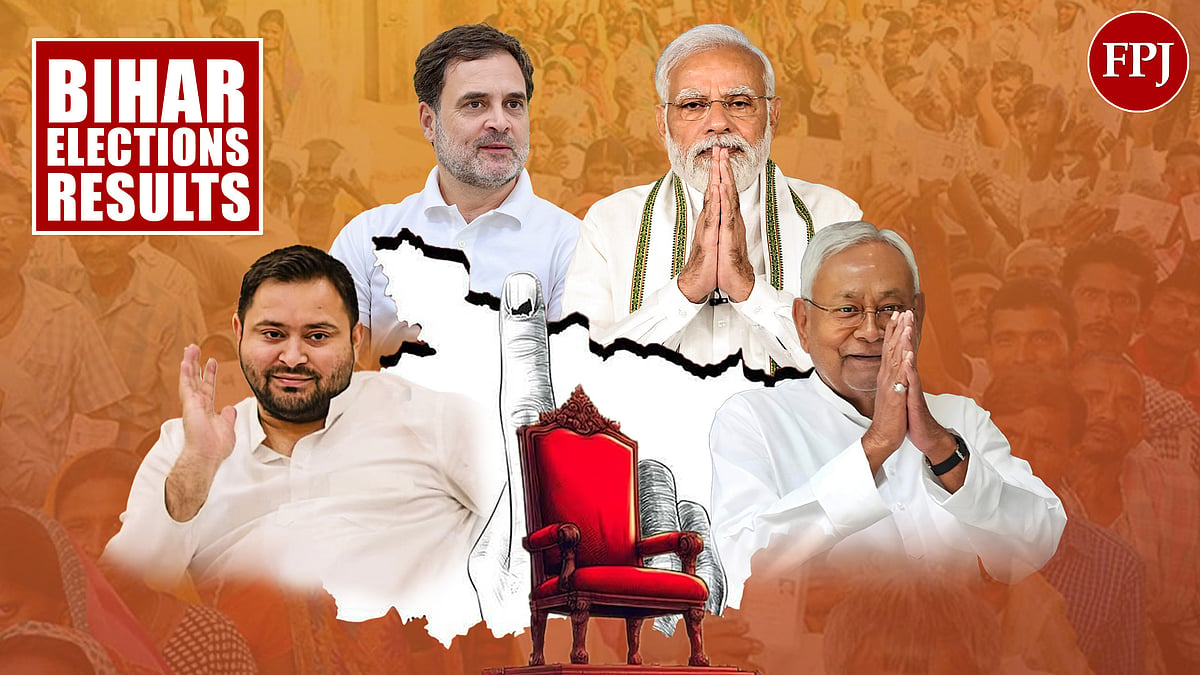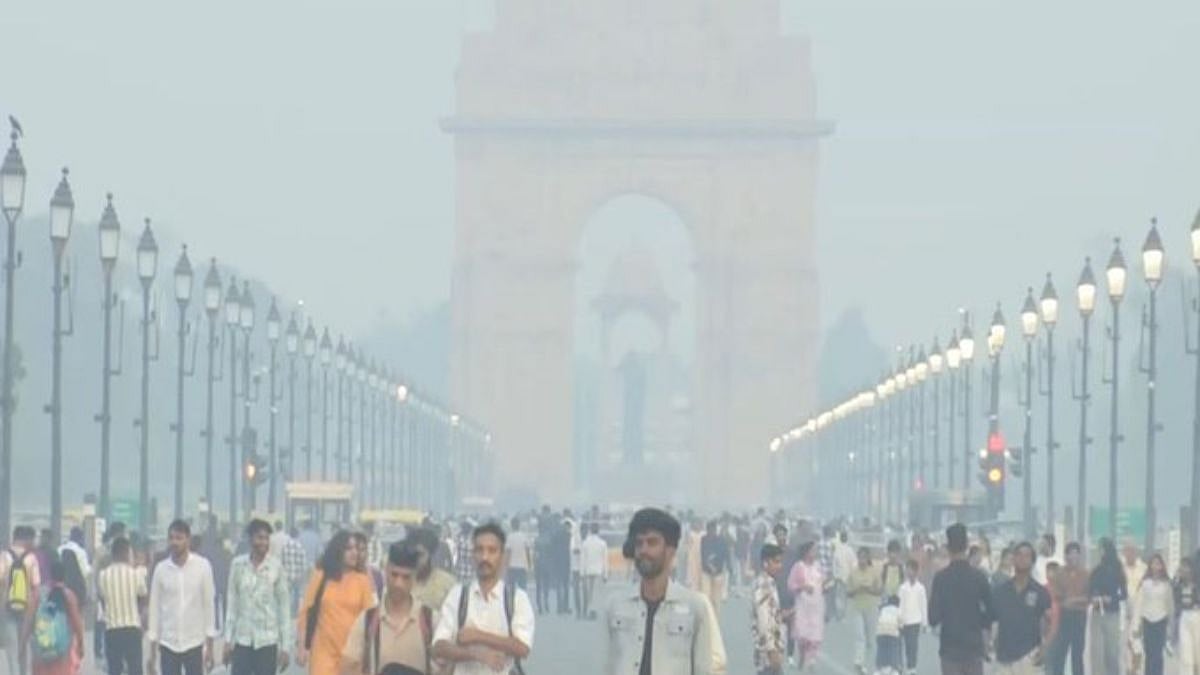In an extreme evidence of discriminatory approach exhibited in the union budget estimates for 2024-24 pertains to allocation of Rs 11,500 crore for floods mitigation to Bihar whereas Himachal as well as Uttarakhand and Sikkim faced unprecedented catastrophe in July/August, 2023 which suffered the extensive damages were to the tune of over Rs 12,000 crore and Rs 4,000 crore respectively but figures have not been mentioned in the budget which sounds like a ‘mystery’.
Finance minister, however, lambasted the opposition and other critics for misleading the people in the country as such allegations are atrocious and devoid of truth.
In a related development, economists say that the finance minister has picked up Andhra Pradesh and Bihar for making special allocations of Rs 15,000 for Amrawati project which will require Rs 50,000 crore over the period of three year and it seems to be a certainty in lieu of helping BJP to form the government. An identical scenario is true for Bihar as it gets 58,900 crore for various projects excluding Rs 11,500 crore floods mitigation and infrastructures. Critics say that the centre has taken the risk of annoying other states by giving special treatment to JD (U) and TDP which are major alliance partners of NDA. Opposition is crying foul but Bihar CM,Nitish Kumar and Andhra CM, Chandar Babu Naidu were expected to abstract the pound of flesh in ensuring the survival of the Modi government which is dependent upon the crutches of these parties.
Bihar Gets Prominence But Himachal And Punjab Ignored
Himachal government is in quandary as 550 lives were lost and rehabilitation of lakhs of hapless people had been undertaken by state government by making provision of Rs 650 crore hence expected liberal Special Package from union finance minister who preferred to just give an assurance about financial assistance to the state but no allocation of the budget. Inordinate delay in the announcement of a “Special Package” had affected relief and rehabilitation works though state demanded immediate help of Rs 9,042 crore from center in Aug, 2023 but Chief Minister, Sukhvinder Sigh Sukhu regretted the apathy of center which gave nothing for one year. Finance minister skipped Punjab also which witnessed devastation owing to heavy rains and floods in21 out of 23 districts and damages were more than RS 1,680 crore .About 70 lives were lost and state government has been demanding the financial assistance which has been ignored in this budget. Contrary to it, Bihar has been chosen for special treatment and the finance minister allocated Rs 11,500 crore floods mitigation which is being interpreted as Reward for helping BHP to form government after its reduced strength in Lok Sabha. Experts say that Bihar has been India’s most flood-prone state with 76% of the population of north Bihar living under recurring threat of divesting floods since decades hence it deserves special package but not by ignoring other states which suffer an identical natural disaster every year.
Discrimination Against States
The Union Budget for 2024-25 has raised concerns about discrimination against states in terms of fund allocation and financial support. Here are the details with figures highlighting these concerns: First, Devolution of Funds to States.2023-24 Allocation: ₹8.15 lakh crore.2024-25 Allocation: ₹8.50 lakh crore. Issue: Although there is an increase in the devolution of funds to states, the growth rate is not commensurate with the increasing demands and fiscal pressures faced by states. The percentage share of states in the divisible pool of taxes remains static, despite recommendations for an increase to better support state-level initiatives. Second, Grants for Local Bodies.2023-24 Allocation: ₹1.50 lakh crore.2024-25 Allocation: ₹1.55 lakh crore. Issue: The marginal increase in grants for local bodies is insufficient given the expanding responsibilities of local governments, especially in urban areas that require significant investment in infrastructure and services. Third, State-Specific Grants.2023-24 Allocation: ₹1.20 lakh crore.2024-25 Allocation: ₹1.18 lakh crore. Issue: There has been a slight reduction in state-specific grants, which are crucial for addressing unique regional needs and developmental projects. This reduction may hamper the ability of states to execute specific projects tailored to their local conditions. Fourth, Sectoral Allocations and Centrally Sponsored Schemes (CSS).Rural Development: 2023-24: ₹1.55 lakh crore.2024-25: ₹1.52 lakh crore. Urban Development: 2023-24: ₹1.45 lakh crore.2024-25: 1.40 lakh Crore; Issue: Reductions in allocations for key sectors such as rural and urban development under Centrally Sponsored Schemes impact states' abilities to address critical issues such as infrastructure, sanitation, housing, and poverty alleviation. Fifth, Health and Education Grants. Health Sector: 2023-24: ₹80,000 crore.2024-25: ₹82,000 crore. Education Sector: 2023-24: ₹90,000 crore.2024-25: ₹88,000 crore. Issue: Despite marginal increases in the health sector, the overall allocations remain inadequate considering the growing needs. Additionally, a decrease in education sector grants undermines efforts to enhance educational infrastructure and quality, particularly in rural and underserved areas. Above figures reflect areas where states have been perceived as disadvantaged in the 2024-25 Union Budget. The reductions or inadequate increases in key allocations may affect states' capacities to address regional issues, execute development projects, and maintain fiscal health. Addressing these concerns would require a more balanced and equitable approach in fund allocation to support states effectively.
Challenges Before Finance Minister
In light of the 2024-25 Union Budget, the BJP-led central government faces scrutiny over its dealings with opposition-ruled states, which allege discrimination in fund allocation and policy implementation. Experts say that Central Schemes and Fund Allocation; The Budget reveals a 15% increase in allocations for flagship schemes such as the Pradhan Mantri Awas Yojana (PMAY) and Ayushman Bharat. However, opposition states argue that their share of these funds does not reflect their proportionate needs. For instance, Tamil Nadu has claimed that despite a significant allocation under PMAY, delays in fund release and implementation hinder effective utilization. The central government’s response involves reiterating the equitable distribution based on various factors, but opposition states view these explanations sceptically. Implementation Issues; Critics point to inefficiencies in scheme implementation as evidence of discrimination. In the 2024-25 Budget, significant funds are allocated for the Jal Jeevan Mission (₹70,000 crore) and Skill Development (₹25,000 crore). Opposition-ruled states have raised concerns about delays and insufficient execution of these schemes. The central government needs to ensure that these funds are utilized efficiently and that implementation is monitored closely to address these grievances. Political Dynamics; Allegations of political bias also come into play. Opposition leaders argue that central agencies are used to target political rivals, exacerbating feelings of discrimination. With the BJP's political rivals accusing it of manipulating central resources, the government must navigate these complex political dynamics carefully.
Steps To Address The Concerns
To mitigate allegations of discrimination, the central government should adopt the multiple strategies which include Enhanced Transparency: Provide detailed reports on fund allocations and expenditures to ensure transparency and address concerns of inequitable distribution. Focus should be on efficient and timely execution of central schemes, particularly in opposition-ruled states, to demonstrate commitment to equitable development. Centre must engage in regular discussions with opposition state governments to address grievances and ensure that their concerns are heard and addressed.
Areas Left Unaddressed; while the Union Budget is a comprehensive document designed to address the nation's economic needs, it is not without its shortcomings. Here, we delve into some of the areas where the budget falls short and the critical issues that remain unaddressed.
Limited Focus on Employment Generation; One of the most pressing concerns for India is unemployment, particularly among the youth. The budget does not present a robust plan to create new jobs or address the structural issues in the labor market. While there are mentions of skill development and support for MSMEs, these measures may not be sufficient to absorb the millions of job seekers entering the workforce annually. The absence of targeted employment schemes or incentives for industries with high job creation potential is a notable gap.
Inadequate Healthcare Allocation; Despite the increased allocation for healthcare in response to the pandemic, many experts argue that the funding is still insufficient given the size and needs of the population. India's healthcare system requires significant investment to improve infrastructure, ensure adequate supply of medical professionals, and expand access to quality healthcare in rural and underserved areas. The current budget falls short of addressing these systemic deficiencies comprehensively.
Insufficient Support for the Middle Class; the middle class, often referred to as the backbone of the economy, seems to have been overlooked in this budget. There are no significant tax reliefs or incentives aimed at alleviating the financial burden on middle-income households. With rising inflation and stagnant wages, the middle class could benefit from targeted relief measures such as increased standard deductions or tax rebates, which the budget does not provide.
Neglect of Education Infrastructure; While the budget emphasizes digital education and skill development, it lacks a substantial focus on improving the physical infrastructure of educational institutions. Many schools and colleges in rural and semi-urban areas still operate without basic amenities like clean drinking water, functional toilets, and adequate classrooms. The digital divide also poses a significant challenge, with many students lacking access to necessary devices and internet connectivity for online education.
Overlooking Climate Resilience; Though the budget highlights green growth and sustainability initiatives, it falls short in addressing the broader issue of climate resilience. India is highly vulnerable to climate change impacts such as extreme weather events, which affect agriculture, livelihoods, and infrastructure. The budget lacks a comprehensive strategy to enhance climate resilience through adaptive infrastructure, disaster preparedness, and support for communities most affected by climate change.
Agricultural Reforms and Farmer Welfare ;The budget includes measures for the agriculture sector, but it does not adequately address the deeper issues plaguing Indian agriculture, such as the need for comprehensive land reforms, improved market access, and better price realization for farmers. The contentious issue of Minimum Support Prices (MSP) and the challenges faced by farmers in selling their produce at fair prices remain unresolved.
Public Sector Disinvestment; The budget outlines plans for disinvestment in public sector enterprises, aiming to raise significant revenue. However, the specifics of how these disinvestments will be executed and the potential impacts on employees and service delivery are not clearly articulated. There is also a concern about whether the market conditions will be favourable for achieving the disinvestment targets.
Urban Infrastructure and Housing; Urban areas, grappling with issues of congestion, pollution, and inadequate housing, do not receive the focused attention they require. The budget lacks substantial allocations for urban renewal projects, affordable housing schemes, and initiatives to improve public transportation and reduce urban sprawl. Given the rapid urbanization in India, these areas need more significant investment and strategic planning.
While the Union Budget lays out a broad framework for economic growth and development, it has notable gaps and shortcomings. Addressing unemployment, strengthening healthcare and education infrastructure, providing support for the middle class, enhancing climate resilience, reforming agriculture, detailing public sector disinvestment plans, and focusing on urban infrastructure are critical areas that need more attention. Bridging these gaps is essential for ensuring holistic and inclusive growth for India.
Poll Bound States
In a related development, finance minister completely skipped poll bound states like Maharshtra, Harayana and Jharkahnd though former two of them are ruled by BJP.Maha Vikas Aghadhi (MVA) has frowned upon total rejection of the interest of the people as the state was not mentioned even once in entire speech of finance minister. Financial experts say that Modi government might have preferred not to shower freebies on party ruled states which could have promoted other chief ministers to raise their voices.2ndly, budget limitations may not permit center to open up new front as it can have serious fallout on the health of the economy.
In Final assessment, navigating different challenges, union government will require a balanced approach, combining fiscal prudence with targeted spending to stimulate growth and ensure equitable development. The central government must implement policies effectively and monitor economic conditions closely to adapt and respond to these evolving challenges.
(Writer is political analyst and senior journalist based in Shimla)









